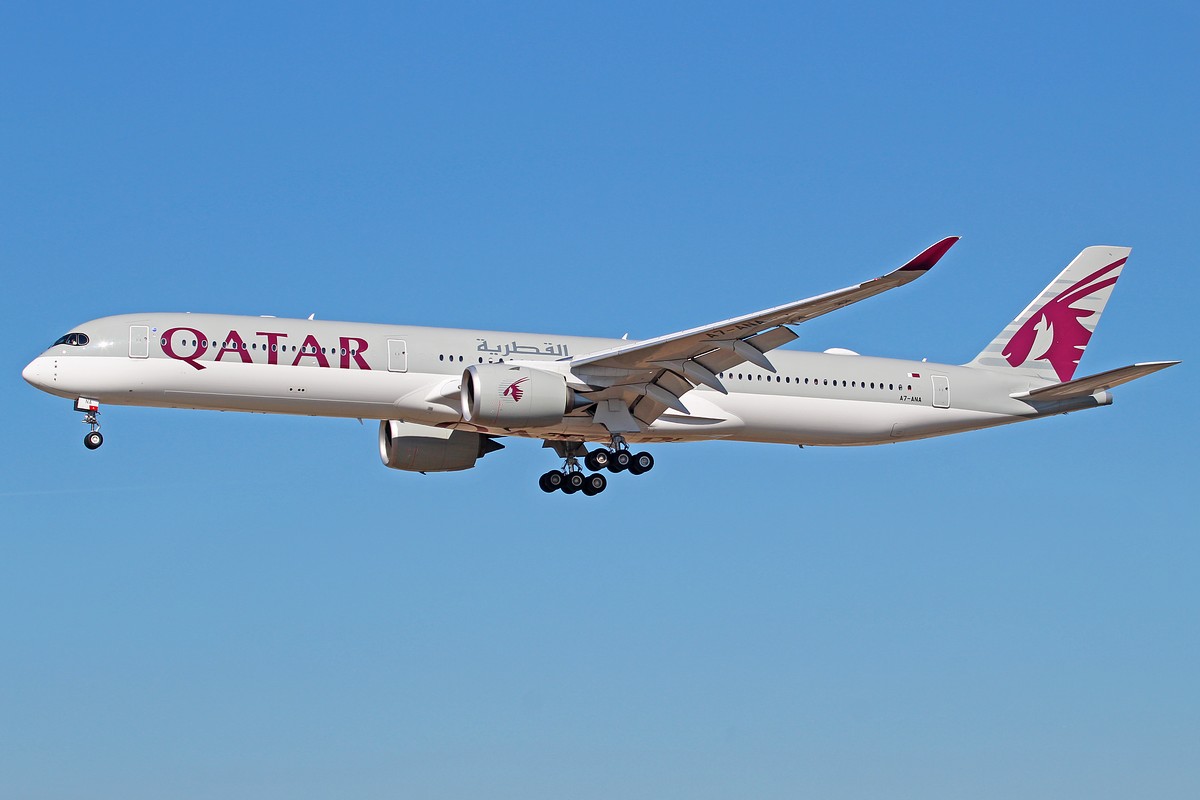
Air transport agreements are essential for international travel and trade. These agreements, often called bilateral air service agreements (BASAs), set the rules for airlines flying between two countries. They cover everything from flight routes to safety standards. Without these agreements, flying internationally would be chaotic and unpredictable. BASAs ensure that airlines operate smoothly and passengers enjoy safe, reliable travel. They also help countries boost their economies by facilitating tourism and business travel. Understanding these agreements can give you a better appreciation of how global air travel works. Here are 12 facts that will help you grasp the importance of air transport agreements.
Key Takeaways:
- Air transport agreements are important rules that countries make for flights. They can make travel easier and cheaper, but they can also cause problems like disagreements and environmental issues.
- These agreements can help tourism and trade, but they can also lead to arguments between countries and concerns about the environment.
What Are Air Transport Agreements?
Air transport agreements are crucial for international aviation. They set the rules for flights between countries, ensuring safety, efficiency, and fairness. These agreements impact airlines, passengers, and even global trade.
-
Bilateral Agreements: Most air transport agreements are bilateral, meaning two countries negotiate terms directly. These agreements cover routes, frequencies, and designated airlines.
-
Open Skies Agreements: These agreements promote competition by removing restrictions on routes, capacity, and pricing. They aim to increase travel options and lower fares.
-
Freedoms of the Air: There are nine "freedoms" that define rights for international aviation. The first two freedoms cover overflight and technical stops, while the others involve passenger and cargo transport.
Historical Context of Air Transport Agreements
Understanding the history of these agreements helps appreciate their evolution. Early agreements laid the groundwork for today's complex aviation network.
-
Chicago Convention of 1944: This landmark agreement established the International Civil Aviation Organization (ICAO) and set the foundation for modern air transport agreements.
-
Bermuda Agreement of 1946: This was one of the first bilateral agreements between the US and UK, setting a precedent for future negotiations.
-
Post-WWII Expansion: After World War II, many countries signed bilateral agreements to rebuild and expand their aviation industries.
Economic Impact of Air Transport Agreements
These agreements significantly influence global economies. They affect trade, tourism, and even job creation.
-
Boosting Tourism: By easing travel restrictions, air transport agreements can boost tourism, benefiting local economies and creating jobs.
-
Facilitating Trade: Cargo transport agreements help streamline international trade, making it easier and cheaper to move goods across borders.
-
Airline Alliances: Some agreements allow airlines to form alliances, sharing routes and resources to reduce costs and improve services.
Challenges and Controversies
Despite their benefits, air transport agreements can also face challenges and controversies. These issues often arise from differing national interests and regulatory environments.
-
Regulatory Differences: Countries have different aviation regulations, which can complicate negotiations and implementation of agreements.
-
Market Access: Some countries may restrict market access to protect their national airlines, leading to disputes and limited competition.
-
Environmental Concerns: Increased air traffic from liberalized agreements can raise environmental concerns, prompting calls for more sustainable aviation practices.
The Final Takeaway on Air Transport Agreements
Air transport agreements shape how airlines operate globally. They determine routes, flight frequencies, and even ticket prices. These agreements, often called "bilaterals," are crucial for international travel. They ensure safety, security, and fair competition among airlines. Without them, flying between countries would be chaotic and expensive.
Understanding these agreements helps travelers appreciate the complexity behind their flights. Next time you book a ticket, remember the intricate negotiations that make your journey possible. These facts highlight the importance of cooperation and diplomacy in aviation. They also show how interconnected our world has become.
So, next time you board a plane, think about the agreements that made your trip possible. They’re the unsung heroes of the skies, ensuring smooth and efficient travel for everyone. Safe travels!
Frequently Asked Questions
Was this page helpful?
Our commitment to delivering trustworthy and engaging content is at the heart of what we do. Each fact on our site is contributed by real users like you, bringing a wealth of diverse insights and information. To ensure the highest standards of accuracy and reliability, our dedicated editors meticulously review each submission. This process guarantees that the facts we share are not only fascinating but also credible. Trust in our commitment to quality and authenticity as you explore and learn with us.


